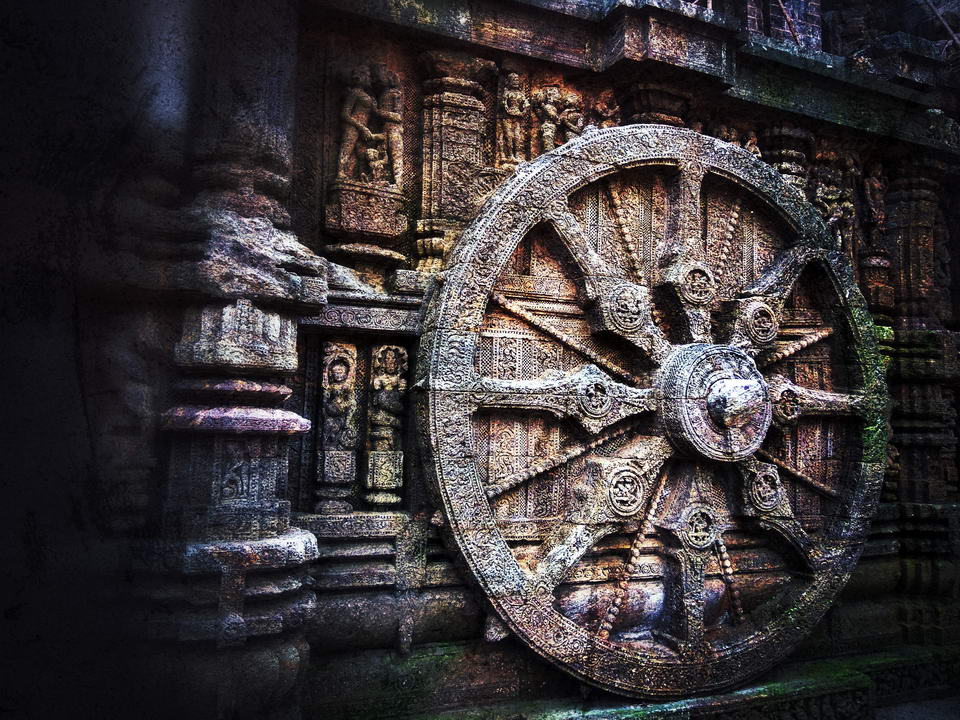The concept of karma has woven itself into the fabric of various cultures and spiritual traditions, transcending time and geography. Often simplified as “what goes around comes around,” karm-a is a profound and intricate philosophy that encompasses the idea of cause and effect on both individual and cosmic levels. In this blog article, we delve into the depths of the Law of Karm-a, exploring its meaning, significance, and implications.
Explore Meditation Retreats & Wellness Retreats
Explore Yoga Retreats with Tejomaia.com

Unraveling the Essence of Karma
At its core, karma is the principle that every action, intention, and thought sets in motion a chain of consequences that reverberate through time. Derived from the Sanskrit word for “action,” karm-a emphasizes the interconnectedness of all things. It suggests that our present circumstances are shaped by past actions, while our future experiences are influenced by our current choices.
The Threefold Aspects of Karma
Karma operates through a threefold process that encompasses actions, intentions, and consequences:
- Sanchita Karma: This represents the accumulated actions and experiences from past lifetimes or present life. It is often likened to a storehouse of seeds waiting to manifest.
- Prarabdha Karma: Prarabdha karm-a refers to the subset of sanchita karm-a that has ripened and is currently being experienced in this lifetime. These are the fruits of past actions that have come to fruition.
- Agami Karma: Also known as “future karma,” agami karm-a pertains to the actions and intentions being sown in the present, which will bear fruit in subsequent lifetimes or experiences.
The Law of Cause and Effect
The Law of Karma emphasizes the inherent justice and balance in the universe. It suggests that our choices and actions create ripples that eventually return to us, shaping our destiny. Just as a pebble dropped into a pond creates expanding waves, our thoughts and actions generate energy that influences our reality in ways both seen and unseen.
Breaking Free from the Wheel of Karma
Karma is not solely about retribution; it also provides an opportunity for growth, transformation, and liberation. By becoming conscious of our intentions and actions, we can break free from unconscious patterns and create a more positive karmic cycle. Practices such as mindfulness, meditation, and self-awareness help us navigate the complexities of our karm-a and move toward greater self-realization.
Karma and Dharma
In many Eastern philosophies, karm-a is closely intertwined with dharma—the individual’s duty, purpose, or righteous path. Living in alignment with one’s dharma can mitigate negative karma and generate positive outcomes. When actions are guided by dharma—integrity, compassion, and ethical principles—the cycle of karma becomes a means of spiritual evolution.

The Law of Karm-a invites us to recognize the profound interplay between our actions, intentions, and the unfolding of our lives. It serves as a reminder that our choices matter and that the energy we emit returns to us in due course. By cultivating awareness, intentionality, and a sense of responsibility for our thoughts and deeds, we can navigate the intricate web of karma with wisdom and grace. Ultimately, karm-a teaches us that we are not isolated beings, but integral threads in the intricate tapestry of existence, and our choices have the power to shape the world around us and our own spiritual journey.
Explore Meditation Retreats & Wellness Retreats
Explore Yoga Retreats with Tejomaia.com


